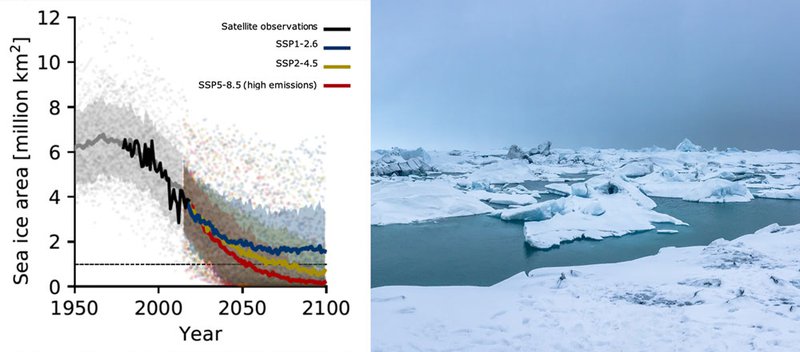Modelling with Climate Data from Space
Observations are vital for computer simulations of our changing climate
Our climate system is continuously changing, and to understand it we need to build computer simulations of its complex, interacting processes.
Climate models are used to make predictions, which help guide actions to reduce carbon emissions and adapt to climate change. For example predictions of sea level rise and more frequent storm surges can guide policy decisions about the coastal protection that will be needed.
A good climate model should be able to reproduce past observations if it is to make accurate future predictions. It is vital that models are confronted with observations:
- to develop, constrain, and validate climate models, thus gaining confidence in their projections of change;
- to interpret the observations and explain the causes of observed variability and change;
- to initialise models for seasonal and decadal timescale predictability.
With their global coverage and regular repeat visits, satellites are a vital contribution climate modelling efforts. ESA has established the Climate Modelling User Group (CMUG) to place a climate system perspective at the centre of its Climate Change Initiative (CCI) programme. The CMUG project is a dedicated forum through which the Earth observation community and climate modelling community can work more closely together.
A great example of the power of combined satellite data-model results is the discovery that the Arctic Ocean will become practically sea-ice free in September by 2050 (Community, SIMIP 2020).
CMUG is a consortium comprising the Met Office Hadley Centre, DLR, ECMWF, IPSL, the Max Planck Institute for Meteorology, Météo-France, SMHI and BSC.


